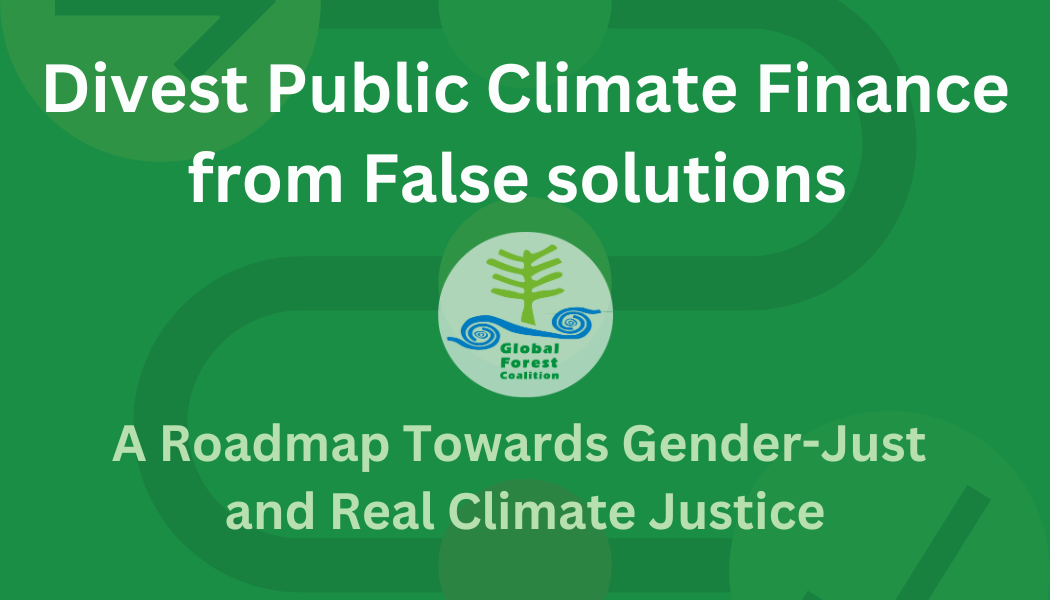Update from the climate talks: Spot the differences between IPCC and IPCC on renewables
A quick first impression from the ongoing climate talks in Bonn as far as bioenergy is concerned: It is too early to say a lot about REDD as they have not started discussing it yet. The Ad Hoc Working Group on LCA will have its first REDD-discussions tomorrow (probably these will be open to observers), and the SBSTA only adopted its agenda this morning, which is typifying for the atmosphere of mistrust and confrontation here in Bonn. In general, talks are going very slow and are unlikely to lead to any concrete outcomes on anything. As it seems like there will not be any other negotiation rounds before the next conference of the parties in Durban in December (at least, this is what is being said now, it could change), hopes for any agreement on anything are very minimal. In this light it is important to note that the suggestion that REDD+ could be financed through mandatory carbon markets seems more and more a fairy tale as skepticism about existing (CDM) and new carbon markets seems to be growing, especially in the absence of clarity on the future of the Kyoto Protocol or any other binding emission reduction targets. Many countries rightfully reject trade without caps. And a growing number of countries is particularly hesitant about financing REDD+ through markets. But this debate is flowing.
Meanwhile, there have been some fascinating side events related to bioenergy I wanted to brief you on.
Most remarkable was the presentation of the full report on renewable energies of the IPCC. Well, “presentation”; the actual report is not published yet as it seems the discussions between the different scientists were a bit overheated and they could not easily reach consensus, so the publication of the full report was delayed until the 14th and perhaps later. At a presentation during the climate talks on June 7 it became clear why: There was no consensus about the impact of bioenergy on sustainable development, food security and land use change.
The summary for policy makers that was launched a month ago stated quite bluntly that ” most” biofuel has a positive impact on climate change mitigation, and hardly mentioned impacts on food security or land use. This was considered to be very disappointing in the eyes of many bioenergy campaigners. Meanwhile the IPCC presentation of the full report included a clear admittance that bioenergy has a range of direct and indirect land use change impacts that might nullify any positive impacts bioenergy has on climate change mitigation. The presentations on basis of the full report mentioned clearly that there were a lot of direct and indirect land-use issues to be addressed, that biomass smoke caused more deaths than malaria or tuberculosis, and that there were serious concerns about potential impacts on food security. On the latter, they openly admitted the different authors had a big dispute over this, but that they sort of agreed that impacts on food security depended on the level of optimism about potential intensification of agricultural production. And even this “consensus” was disputed, one day later, by Frances Seymour, exective director of the Centre for International Forestry Research, who stated during another side event that governance and land use planning have a more important role to play, and that agricultural intensification might also have negative impacts on land use.
When asked why the summary report for policy makers was so much more positive on bioenergy than the full report, and whether this was not a form of misrepresentation, the rather eye-opening response was that the summary for policy makers is ” a negotiated document” (sic).
More critique on bioenergy was exposed at another CIFOR-sponsored side event on Wedneday night, where the Joanneum Institute presented research on the carbon debt of bioenergy and how many years one has to produce bioenergy on the same piece of land to compensate for the carbon emissions caused by converting natural vegetation in feedstock plantations. Figures were astonishing: from some 20 – 30 years for soy to up to 74 years for Jatropha, which scored almost as bad as oilpalm on peatland! Needless to say “permanence” is a major issue in this scenario, it is quite unrealistic to assume farmers will commit themselves to producing the same feedstock for up to 74 years.
Regretfully, the report itself is not yet online, but The upfront carbon debt of bioenergy which was published last year includes quite some useful information on this.











